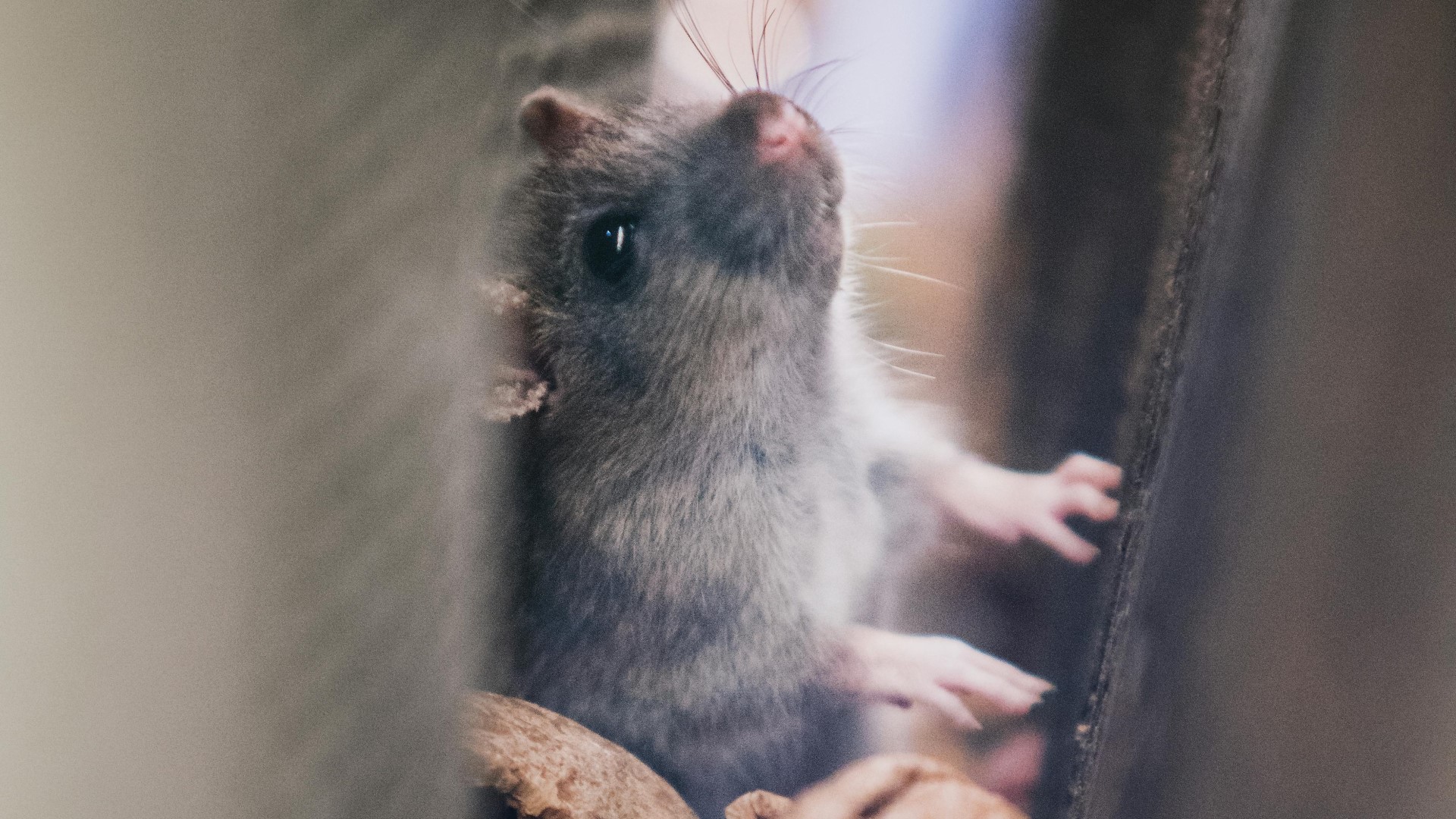Australia’s diverse climate and environment make it a haven for a variety of creatures – some of which can become unwelcome guests in our homes. From scurrying cockroaches to destructive termites, understanding common household pests is the first step in protecting your property and family. This guide will cover some of the most prevalent pests in Australian homes, helping you identify them, understand the risks they pose, and know when to call in the professionals.
Cockroaches:
- Identification: Cockroaches are easily recognisable by their flat, oval bodies, long antennae, and quick movements. Several species exist in Australia, including the German cockroach (small, light brown), the American cockroach (large, reddish-brown), and the Australian cockroach (large, reddish-brown with yellow markings).
- Risks: Cockroaches carry bacteria and pathogens that can contaminate food and surfaces, spreading diseases like salmonellosis and gastroenteritis. They can also trigger allergies and asthma in some individuals.
- Signs of Infestation: Seeing live cockroaches, finding droppings (small, black specks), and detecting a musty odour are all signs of a potential infestation.
- DIY Prevention: Keeping your home clean and tidy, sealing food in airtight containers, and fixing leaky pipes can help prevent cockroach infestations.
- When to Call a Professional: If you have a persistent cockroach problem, professional pest control is necessary to effectively eliminate the infestation.
Rodents (Rats and Mice):
- Identification: Rodents are characterised by their long tails, pointed snouts, and constantly growing incisors. Common species include the house mouse and the brown rat.
- Risks: Rodents can contaminate food and surfaces with their droppings, urine, and fur, spreading diseases like leptospirosis and hantavirus. They can also gnaw on electrical wires, causing fire hazards.
- Signs of Infestation: Droppings (small, dark pellets), gnaw marks, scratching noises (especially at night), and sightings of live rodents are indicators of an infestation.
- DIY Prevention: Storing food in sealed containers, sealing entry points around your home, and keeping your property clean can help deter rodents.
- When to Call a Professional: Rodent infestations can be difficult to control without professional assistance. Pest control experts have the tools and knowledge to effectively eliminate rodent populations.
Spiders:
- Identification: Spiders have eight legs and two body segments. While most Australian spiders are harmless, some species, like the redback spider and the funnel-web spider, are venomous and can pose a threat to humans.
- Risks: Bites from venomous spiders can cause severe pain, illness, and in rare cases, even death.
- Signs of Infestation: Webs, egg sacs, and sightings of live spiders are common signs.
- DIY Prevention: Keeping your home clean and tidy, removing webs regularly, and sealing cracks and crevices can help reduce spider activity.
- When to Call a Professional: If you have a large number of spiders or have identified potentially dangerous species like redbacks or funnel-webs, it’s best to call a professional pest controller.
Ants:
- Identification: Ants are small, social insects with six legs and segmented bodies. Numerous ant species exist in Australia, each with its own characteristics.
- Risks: While generally not considered dangerous, ants can contaminate food and become a nuisance in homes. Some species can also bite or sting.
- Signs of Infestation: Seeing trails of ants, finding ant nests (often in walls, under floors, or in gardens), and noticing food being attracted to ants are signs of an infestation.
- DIY Prevention: Keeping food stored in airtight containers, cleaning up spills promptly, and sealing cracks and crevices can help prevent ant problems.
- When to Call a Professional: If DIY methods fail to control ant infestations, professional pest control can provide effective and long-lasting solutions.
Termites:
- Identification: Termites are small, white or light-coloured insects that live in colonies. They are often mistaken for ants, but they have straight antennae and broad waists.
- Risks: Termites feed on wood and can cause significant structural damage to homes and buildings.
- Signs of Infestation: Mud tubes (used by termites to travel above ground), hollow-sounding wood, and discarded wings are signs of termite activity.
- DIY Prevention: Ensuring proper drainage around your home, maintaining good ventilation, and removing wood debris from your property can help reduce the risk of termite infestations.
- When to Call a Professional: Termite infestations require professional treatment to effectively eliminate the colony and prevent further damage.
Conclusion:
Understanding the common household pests in Australia is crucial for protecting your home and family. While DIY methods can be helpful for prevention, professional pest control is often necessary to effectively eliminate established infestations. If you suspect you have a pest problem, don’t hesitate to contact Pesteraze for expert advice and effective solutions.


